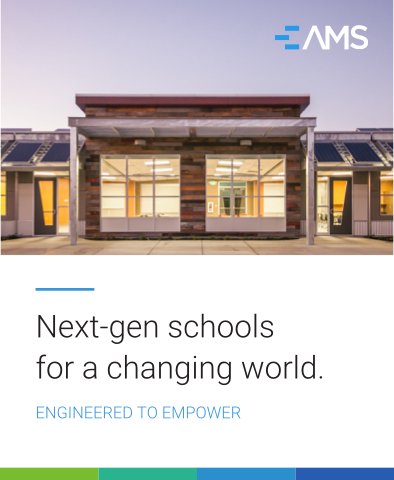Funding the Future: How Pandemic Relief is a Gamechanger for California Schools
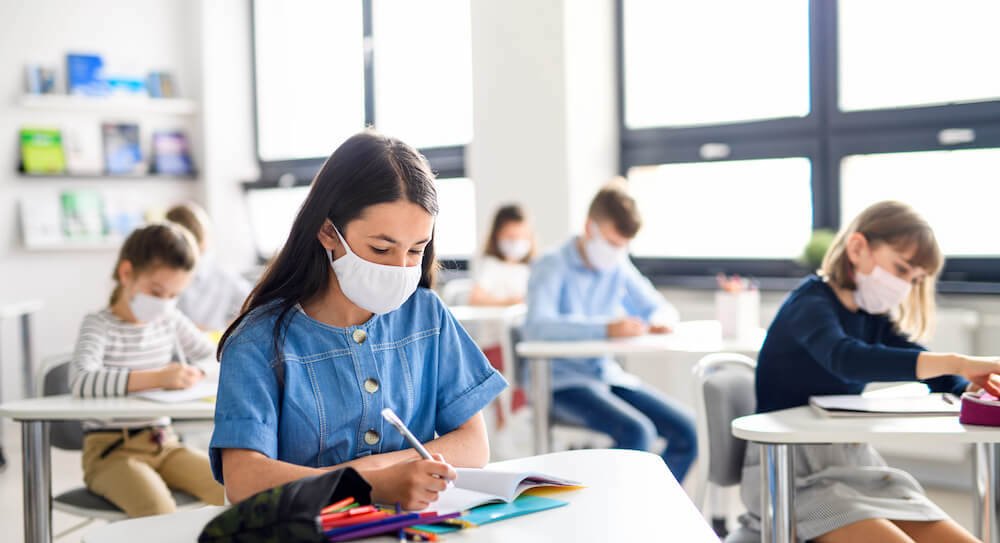
Thanks to three federal stimulus packages, California schools that once faced budgetary shortages are flush with funding to make much-needed improvements to enhance student and teacher health, safety and academic success. The new challenge: fixing it fast.
The game just changed. A year ago, it looked like COVID-19 would be a financial disaster for schools forced to deal with the costly reality of a pandemic. Instead, it’s a financial windfall.
Schools across the country are receiving a record infusion of cash courtesy of the American Rescue Plan Act (ARP), the historic $1.9 trillion pandemic relief bill signed into law in March.
California schools have been allocated $15.1 billion from ARP, the third act in a federal stimulus funding trilogy that includes the March 2020 CARES Act and the December 2020 Coronavirus Relief and Recover Supplemental Appropriations Act (CRRSA). This creates three separate revenue streams for California schools, bringing in tens of billions of dollars to support students at all levels, from childcare to college.

A Federal Fix for Schools
The overall goal of the funding is to accelerate pandemic recovery and provide the support services and infrastructure to help schools safely return to in-person learning.
The bulk of California’s share of federal spending is intended to stabilize the state’s K-12 schools, with distributions through two primary funds: the Elementary and Secondary School Emergency Relief Fund (ESSER) and the Governor’s Emergency Education Relief Fund (GEER), allocated by Governor Newsom.
Schools have been given broad discretion in how to spend the federal funds but have a narrow window of time for using them.
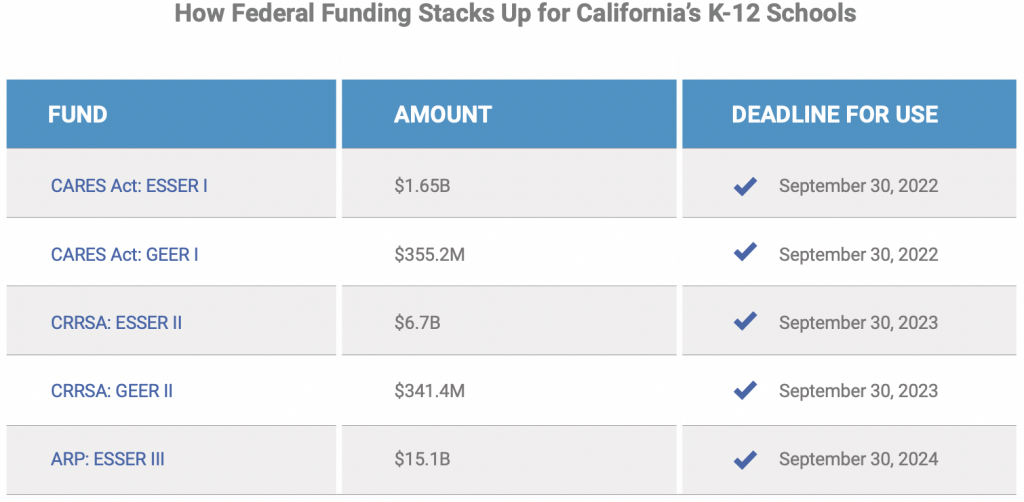
Tens of billions of dollars more is on the way as state and federal investment in education continues to rise to new heights. California one-time grants and proposed federal programs provide incremental funds for school improvements to mitigate health risks and put students back on a path to academic achievement.
- Proposition 98 grants earmark $4.6B for expanded learning and $2B for in-person instruction.
- School Energy Efficiency Stimulus Program (SEES) allocates funds to improve IAQ, ventilation and energy efficiency.
- American Jobs Plan (proposed) could provide $12B for California school construction and modernization plus $25B for childcare facilities.
- FEMA Cost-Sharing may reimburse 100% of costs essential for the safe opening and operating of schools, potentially including modular and portable buildings for increased capacity.
Meeting the Needs of a New Normal
It all adds up to an unprecedented pool of funds that has California schools reworking budgets to address critical needs.
Once cash-strapped districts now have the resources to make facility upgrades and health-related improvements: upgrading HVAC and ventilation systems to enhance student and teacher health and well-being, modernizing technology infrastructure to help close learning gaps and increasing capacity to comply with CDC social distancing guidelines.
Schools also need space for programs and services that support a new normal that’s still being defined. Expanded programming, tutoring to help students make up for lost learning and counseling to help students cope with the social and emotional toll of the pandemic are all pivotal to a safe reopening. Schools must also socially distance shared areas, like cafeterias, libraries and restrooms.
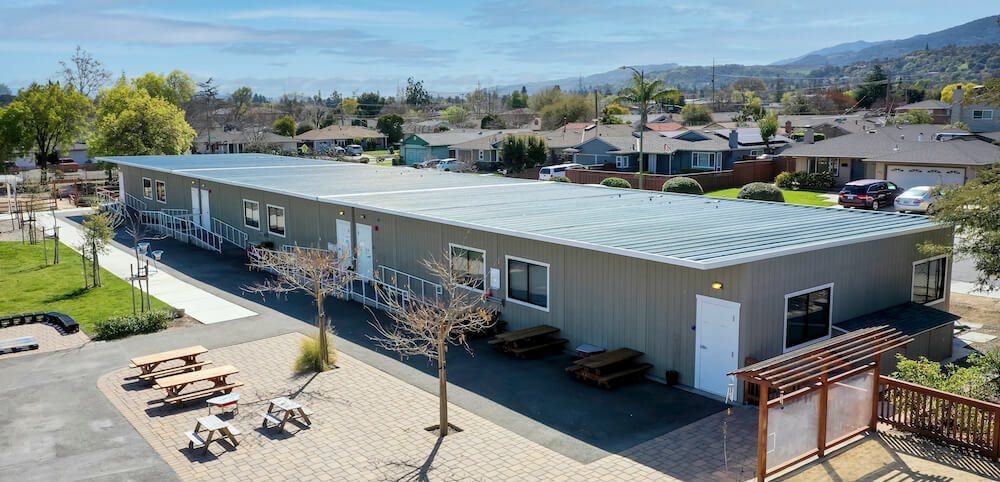
This creates a need for space beyond classrooms—special use space that will adapt to changing requirements and support a variety of functions to help schools operate safely in the post-pandemic world.
Safe, Healthy Space for In-Person Learning
The endgame is clear: schools need safer, healthier space—and more of it. And they need it quickly.
The fastest solution: modular construction.
With $9.9 billion in federal emergency relief funds earmarked for California higher education, Moorpark College joins a growing list of schools and community colleges turning to modular buildings to expand space for post-pandemic learning.
One of three in the Ventura Community College District—is using relief funds to add a new 7,680-square-feet of lecture space, which will be built at the AMS factory this summer and installed on the Moorpark campus before fall semester starts August 16.
The AMS 2GO relocatable buildings will add four classrooms, giving Moorpark College the space to offer additional courses for fall and beyond. After months of online classes, expanding on-campus, in-person learning opportunities is a big step forward, steering students out of the pandemic bubble and back to campus full-time.
Many schools are taking a similar approach, adding new classrooms to bring students back safely—classrooms configurable to shifting class size needs, multiple teaching methods and appropriate social distancing, which continues to evolve.
Fast Solutions for Now—and Later
While getting students back in the classroom full-time is a priority, schools realize that it’s equally important to create a comfortable environment that promotes academic success and enhances long-term physical and mental well-being—the core intent of the new federal and state funding.
AMS is working with schools and districts across the state to provide the healthy space and flexible infrastructure to meet immediate needs and grow for the future.
“Students and teachers feel more secure and are more productive in healthy, open classrooms where they can spread out, breathe fresh, clean air and enjoy outdoor views and sunlight,” said Tony Sarich, AMS’ VP of Operations. “We want to make it easy for schools to provide this kind of inspiring environment for all students, quickly and at a cost any school can afford.”
To streamline procurement, AMS created a new Rapid Response portfolio that offers a range of building solutions deliverable within 30-60 days. Schools can choose the option that best meets their budget, space and programming needs and have finished buildings ready to open within their timeline.
Rapid Response Buildings Help Schools Get Students Back in the Classroom
30-Day Delivery
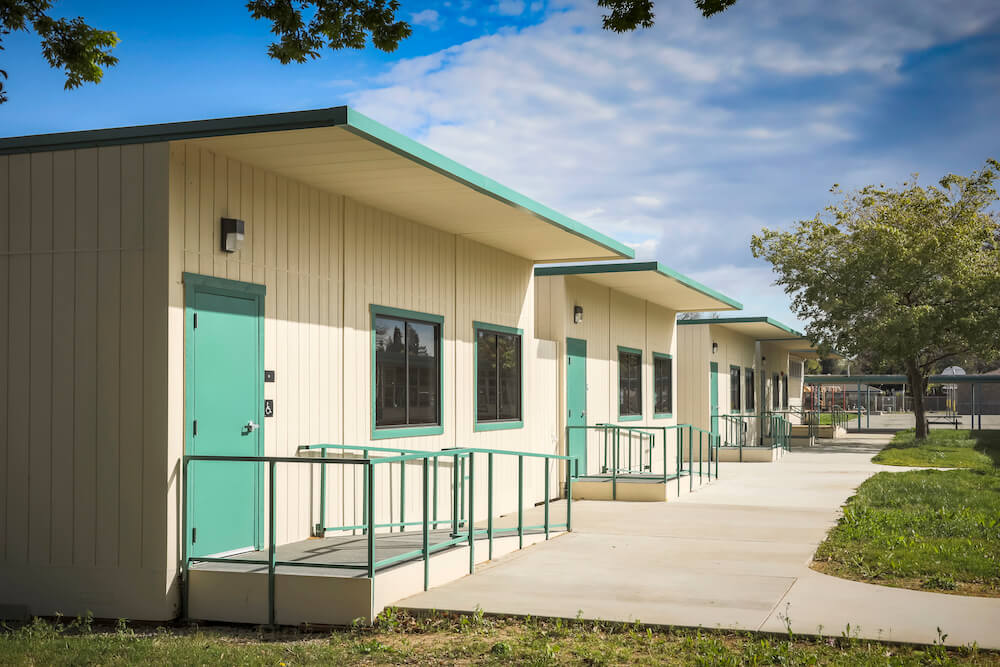
Lowest-Cost, Fastest-to-Market Solution
AMS 2GO
Pre-Built Portable Buildings
In-stock
60-Day Delivery
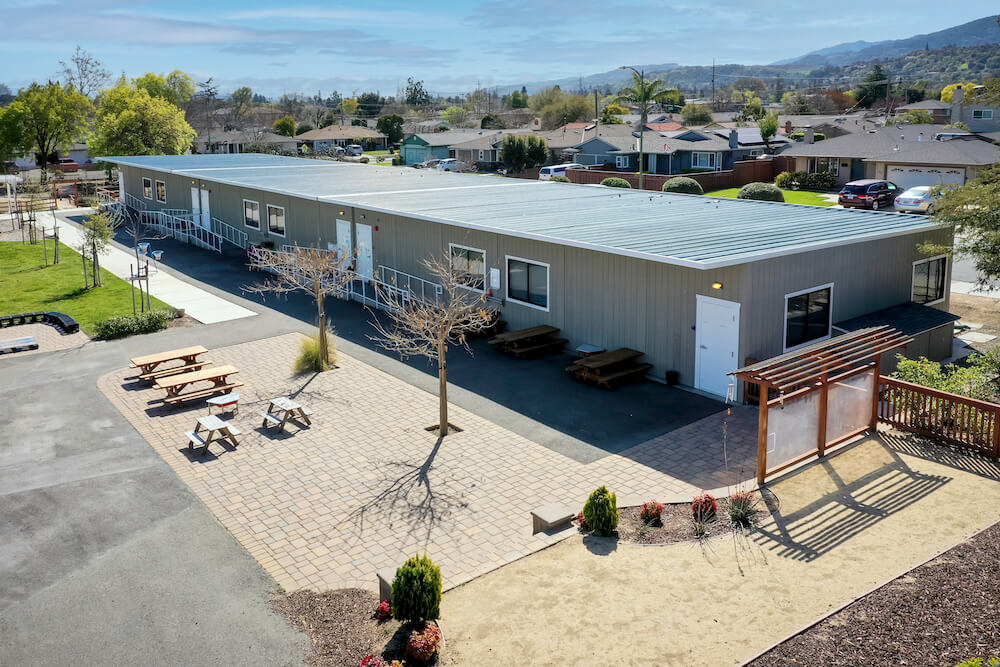
Practical, Shorter-Term Solution
AMS 2GO
Ready-to-Build Relocatable Buildings
Built to order
Sustainable, Long-Term Solution
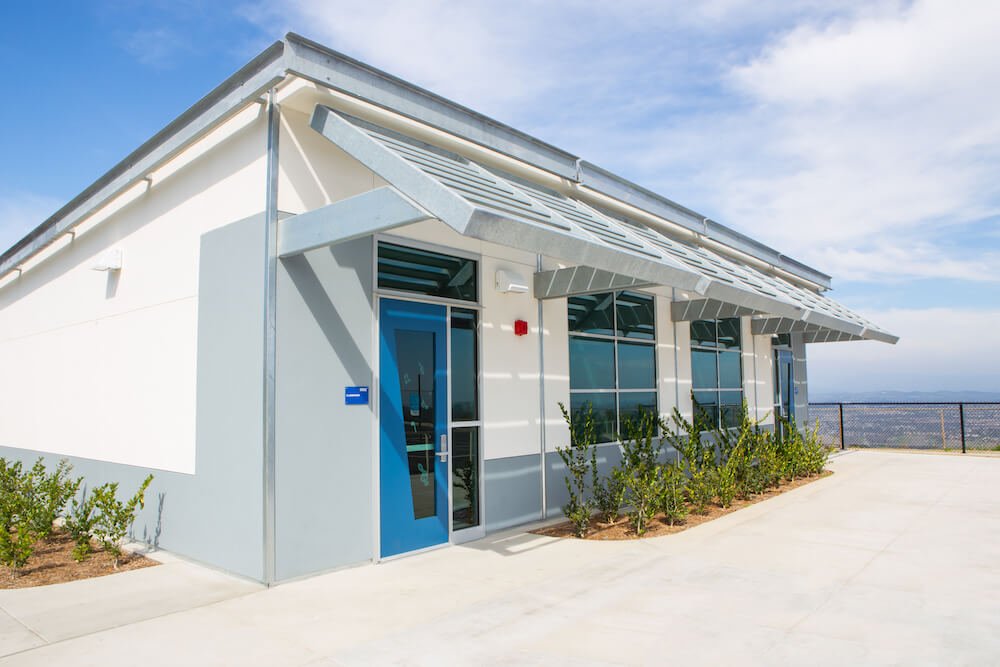
PRACTICAL, SHORTER-TERM SOLUTION
GEN7 C Series
Turnkey Permanent Modular Buildings
Customized to pre-set specs
With new funding adding the final piece of the puzzle, schools can focus on what’s best for students: modernizing schools to create safe, healthy environments for in-person learning.
Be sure and bookmark our blog. Next month, we’ll introduce a two-part series on Indoor Air Quality, exploring how schools and colleges can use relief funding to upgrade buildings and systems to create clean-air environments that enhance long-term health and productivity.
For more information on the types of construction projects allowed and the approval process required for federal stimulus funds, please visit the California Department of Education.
Learn more about AMS Rapid Response Buildings.
Let AMS integrate the latest design trends into your next project. Request a Quote!
